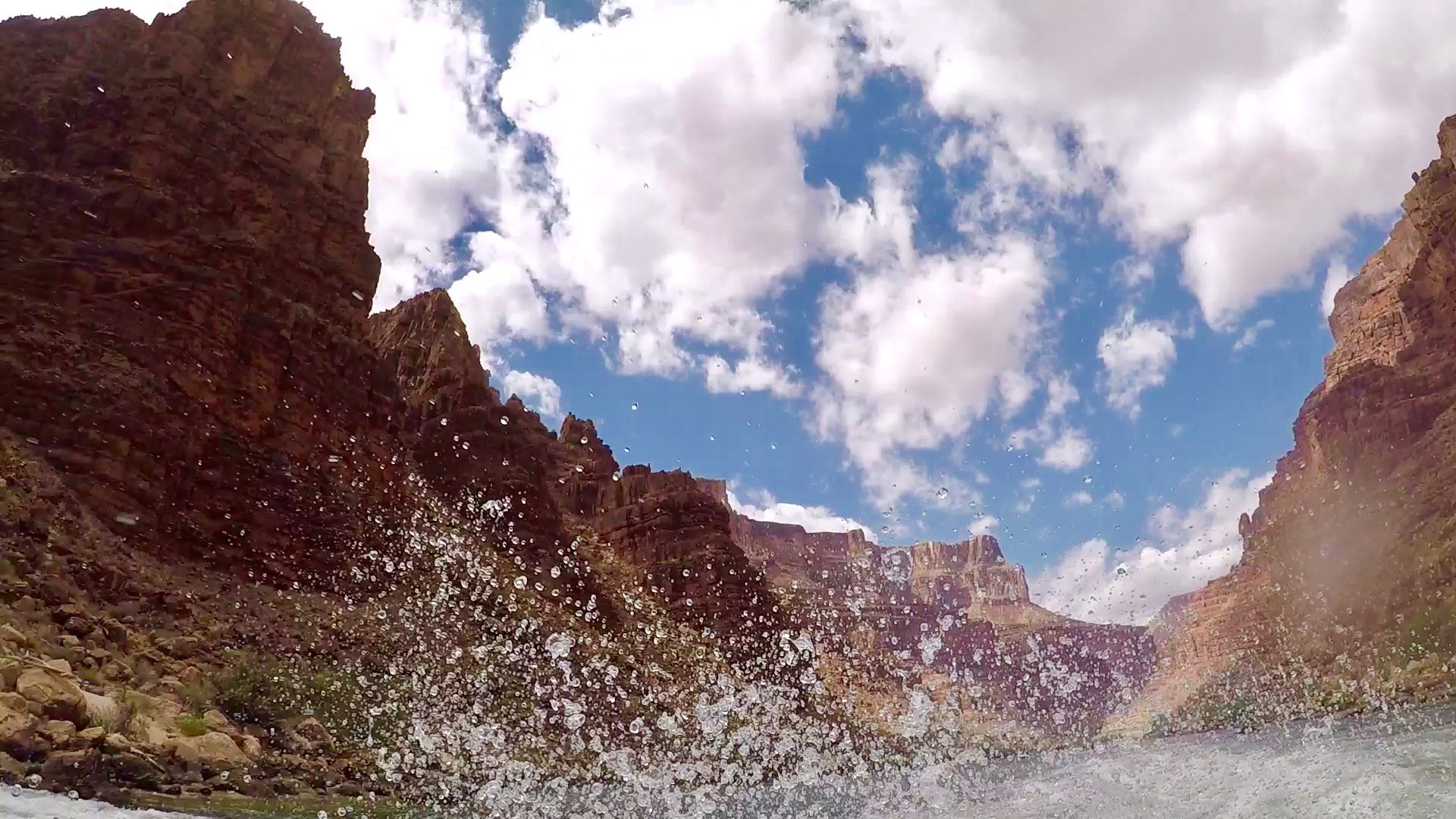
How are you using VR video in your marketing and sales plan? Here are two graphs from Greenlight Insights on how consumers feel when watching VR content and their interest in social VR interactions. Using VR video to show your products in 360 helps to place the prospective customer in the space your product can take them. In my recent trip down the Grand Canyon I used my @GoPro Fusion to record the struggles and the success in navigating some of the rapids using my NRS - Northwest River Supplies, Inc. raft and Sawyer Oars (Here's a link to my short VR video playlist of major rapids in the Grand Canyon). Here are a number of reasons for you to consider why VR should be in your future e-Commerce plans.

Of late, online e-Commerce has averaged a paltry 2%-4% conversion rate, compared to rates of 20%-40% in traditional retailers. Although there a number of reasons for this disparity, at least one factor is the limit to a more real-life sensory experience that e-Commerce currently provides. Outside of the online purchase of brand agnostic items (batteries on Amazon) consumers still prefer, to try before they buy. Not just seeing but holding, wearing and trying out are all key steps in the buying process – a tactile barrier that outdoor brands with an e-Commerce presence have struggled.

A newly published study by Deloitte found:
“Rather than a battle of online against brick-and mortar (B&M), Deloitte found that retail is changing in line with consumer income bifurcation, with both high-end and price-conscious retailers seeing revenues soar, growing 81 percent and 37 percent, respectively, while those in the middle realized a mere 2 percent increase in sales over the past five years.”
Retailers and brands who understand the omnichannel buying experience and develop and support a retail experience that customers demand are doing well.
Consumer income bifurcation defies traditional economic metrics - While strong economic indicators paint a promising portrait on the surface, the study looked deeper and found massive gaps in consumers’ discretionary spending power. Incremental income generated since the recession has disproportionately gone to high-income households, with virtually all income growth between 2007 and 2015 going to the top 20 percent.
Where do your products fall along this continuum?
Outdoor brands need to have a strong online digital presence combined with a great e-Commerce platform (here's a resource for you) from which to improve their collaboration with retailers as opposed to just competing. The digital and physical assets used to deliver the experience and product to the customer must be managed in an integrated manner and not as silos. This will will help cement their place with the remaining retailers and make it easier for consumers to discover/buy online & off.
Approximately 40% of consumers would be willing to spend more on a product if it offered an augmented reality experience. Thus, putting retailers and outdoor brands who offer augmented reality features online at a competitive advantage that’ll likely increase sales, conversion rates and a number of products sold for their online store. Interestingly, the real potential of these technologies isn’t just replicating the store experience. When executed properly, they surpass it, giving shoppers the ability to view more options and variations in less time than a physical showroom would allow.
Augmented reality e-Commerce can personalize the shopping experience for your customers. For many, half the fun of shopping is trying on different looks, styles and types of gear. That’s why Sephora’s Virtual Artist app is amazing for online beauty shoppers.
Here are three tools to check out that can stimulate your thoughts on the use of VR.
- Total Immersion is another 3D visualization augmented reality tool where you can place objects and furniture within real spaces.
- Marxent Labs has created a range of virtual reality and augmented reality e-Commerce apps that can help store owners.
- Augment is an augmented reality tool that allows you to view a product in real time.
We cannot tell you for certain when VR will become the "mainstream" medium, but there is no question that it is a medium that is coming and will significantly allow brands to differentiate their omnichannel e-Commerce experience. With the recent announcement that Alibaba threw its hat into the VR ring, can Amazon be far behind in adopting this medium as part of it's "moat" building strategy. Alibaba launched GnomeLabs, a research arm dedicated to helping merchants better use VR to sell products online. Having said this, VR on your e-Commerce platform may not be the answer for all categories or all products. You must know your customer and what they need to facilitate a purchase decision of your product. Have you asked your online and offline customers what they want to make that conversion?
One important point to note, if VR marketing is something you believe can build your brand through your e-Commerce channel, it comes with a cost in both money and time. You should allow yourself at least six months or more from conception of a product project to launching it online. Check out our eCommerce Services for Outdoor Products.

